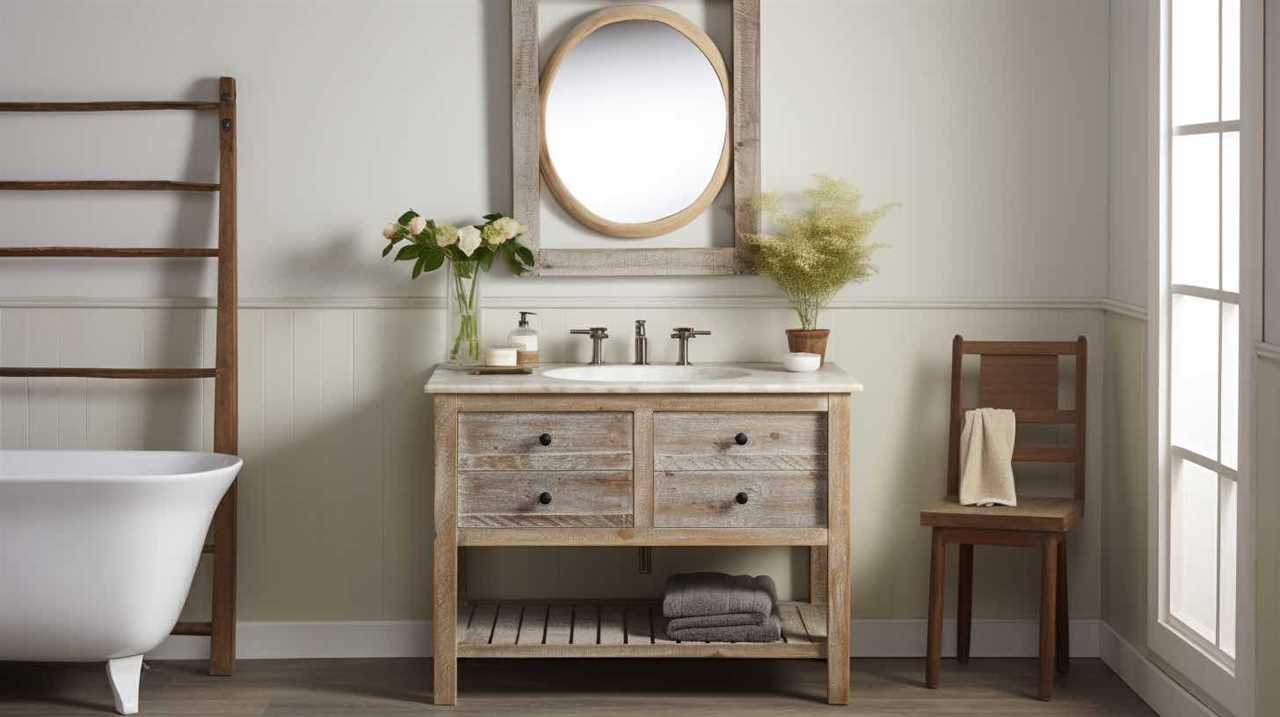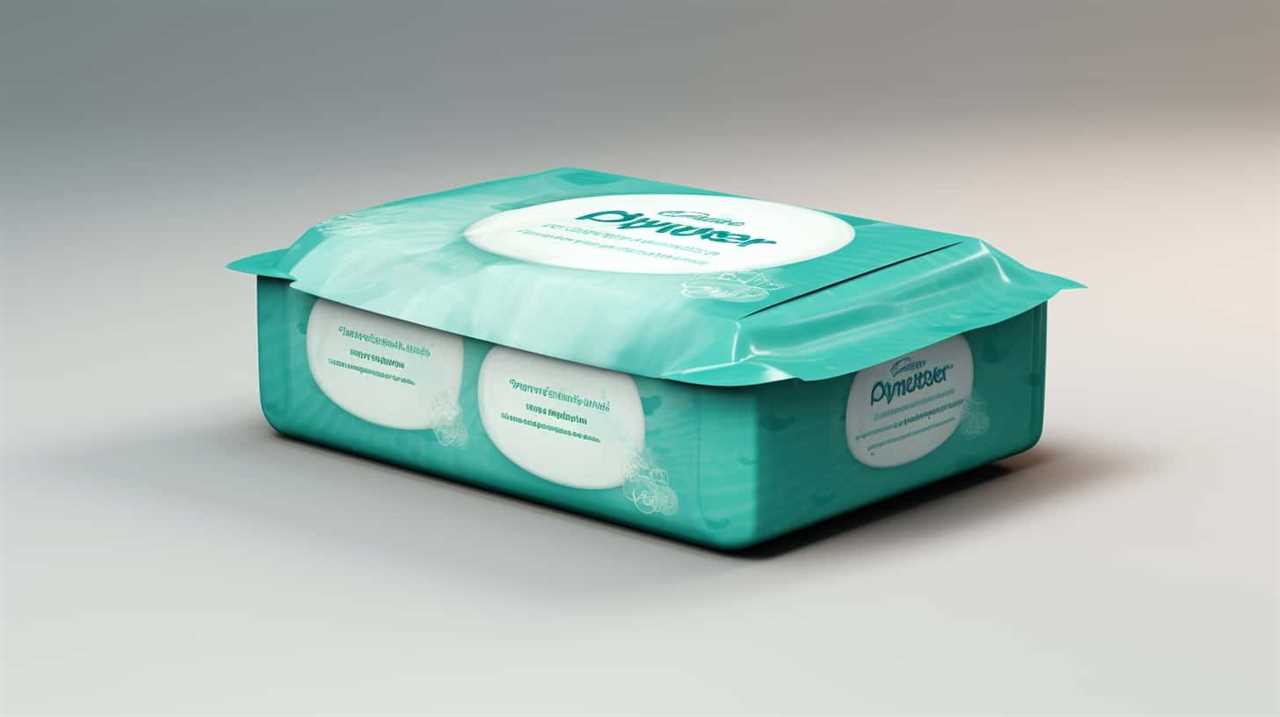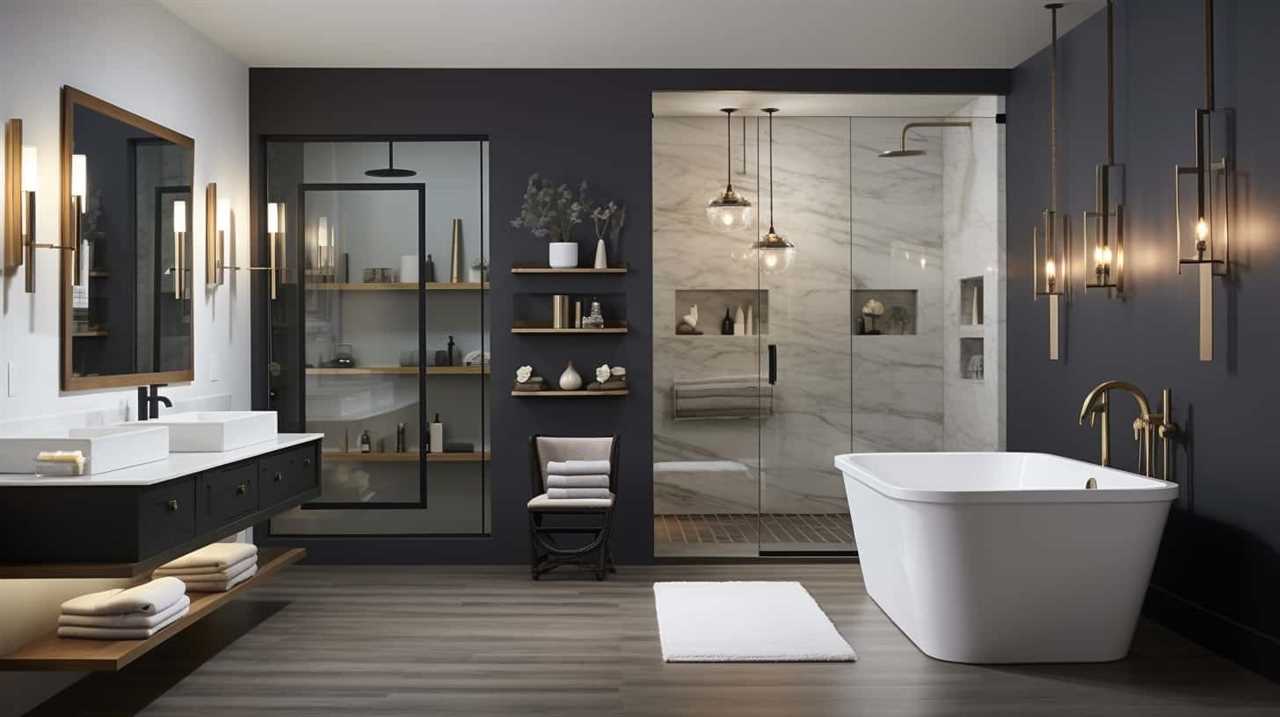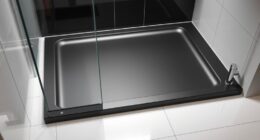We have all fantasized about having a lavish and welcoming shower area, and selecting the perfect shower tile can turn that fantasy into a reality.
In this article, we’ll explore the different types of shower tile available, help you choose the perfect tile material, and provide design ideas to spark your creativity.
We’ll also share installation tips to ensure a flawless result and offer maintenance and cleaning advice to keep your shower tiles looking pristine.
Get ready to master the art of shower tile!

Key Takeaways
- Subway tiles, mosaic tiles, herringbone pattern, and basketweave pattern are popular choices for shower tile designs.
- Natural stone tiles offer a luxurious look, while porcelain tiles are versatile and easy to clean.
- Proper surface preparation, waterproofing techniques, and grout selection are important for successful tile installation.
- Regular cleaning, proper maintenance, and preventive measures are crucial for preventing mold and maintaining the appearance of shower tiles.
Types of Shower Tile
When choosing shower tile, we consider various options for enhancing the aesthetic appeal and functionality of our bathroom space. One of the key factors to consider is the type of tile pattern we want to use. In recent years, there have been several shower tile trends that have gained popularity.
One popular trend is the use of subway tiles. These rectangular tiles, inspired by the subway stations of the early 20th century, provide a classic and timeless look to any bathroom.
Another trend is the use of mosaic tiles, which can create intricate and eye-catching patterns. These small tiles are available in a variety of materials, such as glass, porcelain, or natural stone.
When considering different shower tile patterns, it’s important to weigh the pros and cons of each option. Subway tiles, for example, are easy to clean and maintain, but they may lack the visual interest that other patterns provide.

On the other hand, mosaic tiles can add a unique and artistic touch to the bathroom, but they may require more effort to clean due to their intricate design.
Choosing the Right Tile Material
To continue our discussion on shower tile, let’s explore the important aspect of choosing the right tile material.
When it comes to shower tile, two popular options are natural stone and porcelain tiles. Natural stone tiles, such as marble or granite, offer a luxurious and timeless look to any shower. They’ve the advantage of being naturally durable and resistant to water damage. However, they require regular sealing and maintenance to prevent staining and etching.
On the other hand, porcelain tiles are known for their versatility and durability. They’re available in a wide range of colors, patterns, and finishes, allowing for endless design possibilities. Porcelain tiles are also easy to clean and maintain, making them a popular choice for showers. However, they can be more expensive than natural stone tiles.

When choosing between natural stone and porcelain tiles, it’s important to consider your budget, maintenance preferences, and desired aesthetic.
Design Ideas for Shower Tiles
Let’s explore some design ideas for shower tiles.
When it comes to shower tile patterns, there are endless possibilities to create a stunning and unique look for your bathroom. Consider using subway tiles in a herringbone pattern for a classic and timeless design. Alternatively, you can opt for mosaic tiles to add a touch of color and texture. Another popular choice is the basketweave pattern, which adds a sense of elegance to your shower space.
As for shower tile color schemes, neutral tones like white, beige, and gray are always a safe choice, creating a clean and modern aesthetic. However, if you want to make a bold statement, consider using vibrant colors or mixing different shades for a more eclectic look.

Get creative and have fun with your shower tile design to transform your bathroom into a luxurious retreat.
Installation Tips for Shower Tiles
Now that we’ve explored some design ideas for shower tiles, how do we go about installing them? Here are three important tips to ensure a successful installation:
- Prepare the surface: Before laying the tiles, make sure the shower walls are properly prepared. This involves removing any old tiles, cleaning the surface thoroughly, and repairing any cracks or damages. This step is crucial for achieving a smooth and long-lasting finish.
- Waterproofing methods: To prevent water damage, it’s essential to use effective waterproofing techniques. Apply a waterproof membrane or sealant on the shower walls and floor before installing the tiles. This will create a protective barrier and ensure that water doesn’t seep through.
- Grouting techniques: Proper grouting is essential for both aesthetic appeal and water resistance. Choose a suitable grout color and texture that complements your tiles. Follow the manufacturer’s instructions for mixing and applying the grout. Make sure to remove any excess grout and seal the grout lines to prevent moisture penetration.
Maintenance and Cleaning of Shower Tiles
After ensuring a successful installation of shower tiles, it’s important for us to discuss the maintenance and cleaning of these tiles. Proper maintenance and cleaning not only keep your shower tiles looking pristine but also help prevent the growth of mold and mildew.
One crucial aspect of maintenance is grout cleaning. Over time, grout can become dirty and discolored, detracting from the overall appearance of your shower. To clean grout effectively, mix equal parts of vinegar and water in a spray bottle and apply it to the grout lines. Allow the mixture to sit for a few minutes, then scrub the grout with a stiff brush. Rinse the area thoroughly with water.

Regularly cleaning the grout will help prevent the buildup of dirt and grime, making it easier to maintain a clean and hygienic shower space. Additionally, taking preventive measures to avoid mold growth is vital. Ensure proper ventilation in your bathroom by using exhaust fans or opening windows to reduce humidity levels. After each shower, wipe down the tiles and grout to remove excess moisture. This will help inhibit the growth of mold and mildew.
Frequently Asked Questions
How Do I Prevent Mold and Mildew From Growing on Shower Tiles?
To prevent mold and mildew on shower tiles, we focus on preventing moisture buildup. Regularly cleaning the tiles with a mixture of vinegar and water, and ensuring proper ventilation in the bathroom, are effective techniques to combat these issues.
Can I Use Shower Tile on the Walls and Floor of My Shower?
Using mosaic tiles on the walls and floor of a shower is like creating a work of art. Glass tiles have the advantage of adding elegance and reflecting light, but can be slippery when wet.
What Type of Grout Should I Use With My Shower Tiles?
When it comes to shower tiles, choosing the best grout colors is essential. Additionally, knowing how to clean grout on shower tiles is important for maintaining their appearance and longevity.

Are There Any Special Considerations for Installing Shower Tiles in a Small Bathroom?
In a small bathroom, the layout plays a crucial role in choosing the right shower tile patterns. Consider maximizing space with smaller tiles or diagonal patterns to create an illusion of depth and openness.
Can I Install Shower Tiles Over Existing Tiles?
Yes, you can install shower tiles over existing tiles. However, it’s important to ensure that the surface is clean, smooth, and free of any loose or damaged tiles before proceeding.
Conclusion
After exploring the world of shower tiles, we’ve discovered the key to transforming your shower into a haven of style and functionality.
With a vast array of tile options, from sleek subway tiles to luxurious marble, you can create a visual masterpiece that suits your personal taste.

Remember to choose the right material, follow installation tips, and maintain your tiles regularly for long-lasting beauty.
Let your shower become a sanctuary of elegance and relaxation.










